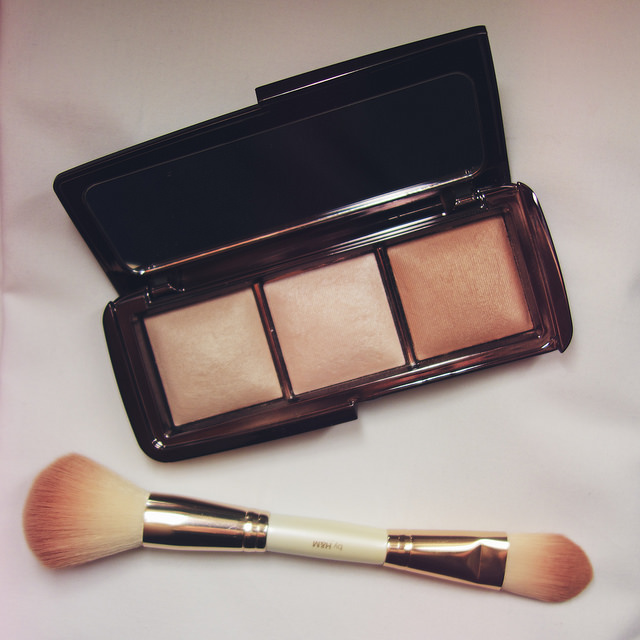You Won't Believe What Really Goes Into Making Your Makeup
2015.07.14
People have a lot to say about the beauty industry. Some believe it corrupts young minds into thinking makeup makes a person pretty. Others think it’s a great source of confidence. There’s always lots of talk about influence and responsibility.
However, there’s never a lot of talk about what goes on behind the scenes. Which actually should be one of the most important topics of conversation. The truth is; the process of making makeup is actually quite a shocking one. From horrific ingredients to inadequate regulations. Read on to find out more…

image via
The moral of the story? The cosmetics industry is not one to be trusted. But not for the reasons you might think. The next type you spend $30 on a lipstick, stop and think. Does it have animal grease or shark liver in it? Has it been tested? And is it really worth that much money?
However, there’s never a lot of talk about what goes on behind the scenes. Which actually should be one of the most important topics of conversation. The truth is; the process of making makeup is actually quite a shocking one. From horrific ingredients to inadequate regulations. Read on to find out more…

image via
Shocking Ingredients
Hidden on the back of your bottle of foundation is a very tiny ingredients list. Hands up how many of you have read it? Even if you have, chances are you have no idea what most of the things are. In fact, there are some rather horrifying ingredients hidden away in your beauty products. Here are just some of the most common ones:- Lanolin - This is grease from animal fur, effectively. And it’s found in most lipsticks and some makeup removers. This is the kind of ingredient you’d want to keep well away from your mouth in normal circumstances.
- Ambergris - Also known as whale vomit. Another common ingredient in beauty products. In perfume, funnily enough. Although you may think whale vomit probably smells vile, it seems to work quite well in posh fragrances.
- Squalene - Direct from the liver of the nearest shark. This oil is common in a lot of eye makeup products, along with some lipsticks. It can also be found in moisturizers and sunscreen.
Regulations?
Many people believe that a massive industry such as cosmetics should be extremely well regulated. Well, yes and no. It all depends on where you live. In Europe, there are over 1,400 banned ingredients that aren’t allowed anywhere near makeup. In America, there are around ten. The FDA also doesn’t have to review products before they’re sold to customers. This means that cosmetics companies could be throwing a tonne of whatever they want into their poly mixing tanks, before selling it to you. Of course, if a product was appalling then you’d hear about it fairly quickly. News spreads like wildfire in the beauty industry, thanks to the bloggers and vloggers around. However, it is a worry that such a giant industry is so poorly regulated.Profits
And then there’s the profits. The beauty industry has one of the highest markups of any business type in the world. Creating cosmetics is considerably cheap, compared to some other products. They are then able to be sold on for a fortune to consumers. Because people will pay. The same applies to those spa treatments and salon trips you make. Many of the products used there are the cheapest they can find, sold on as something far more expensive.The moral of the story? The cosmetics industry is not one to be trusted. But not for the reasons you might think. The next type you spend $30 on a lipstick, stop and think. Does it have animal grease or shark liver in it? Has it been tested? And is it really worth that much money?
More Articles
Copyright © Fooyoh.com All rights reserved.